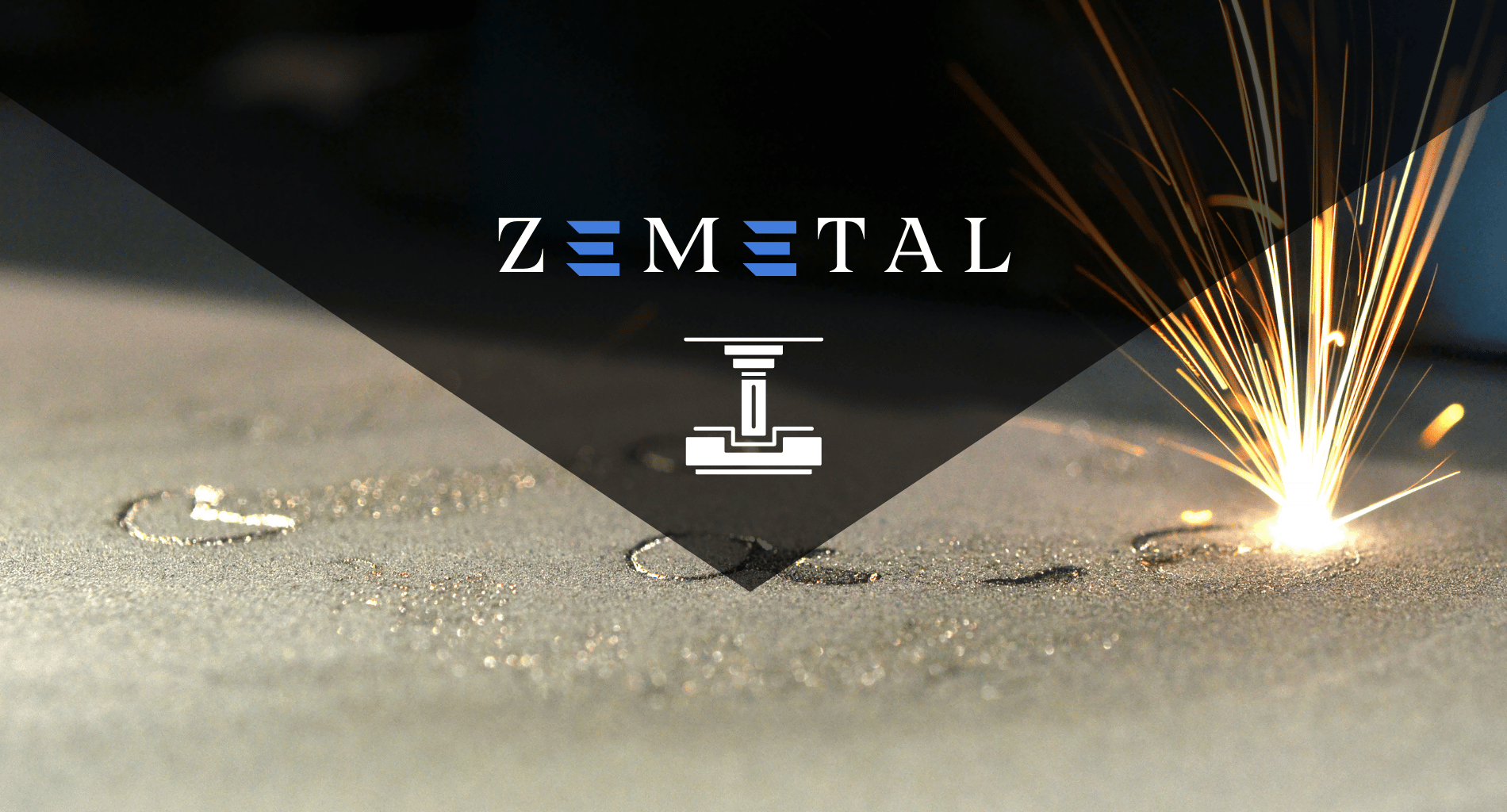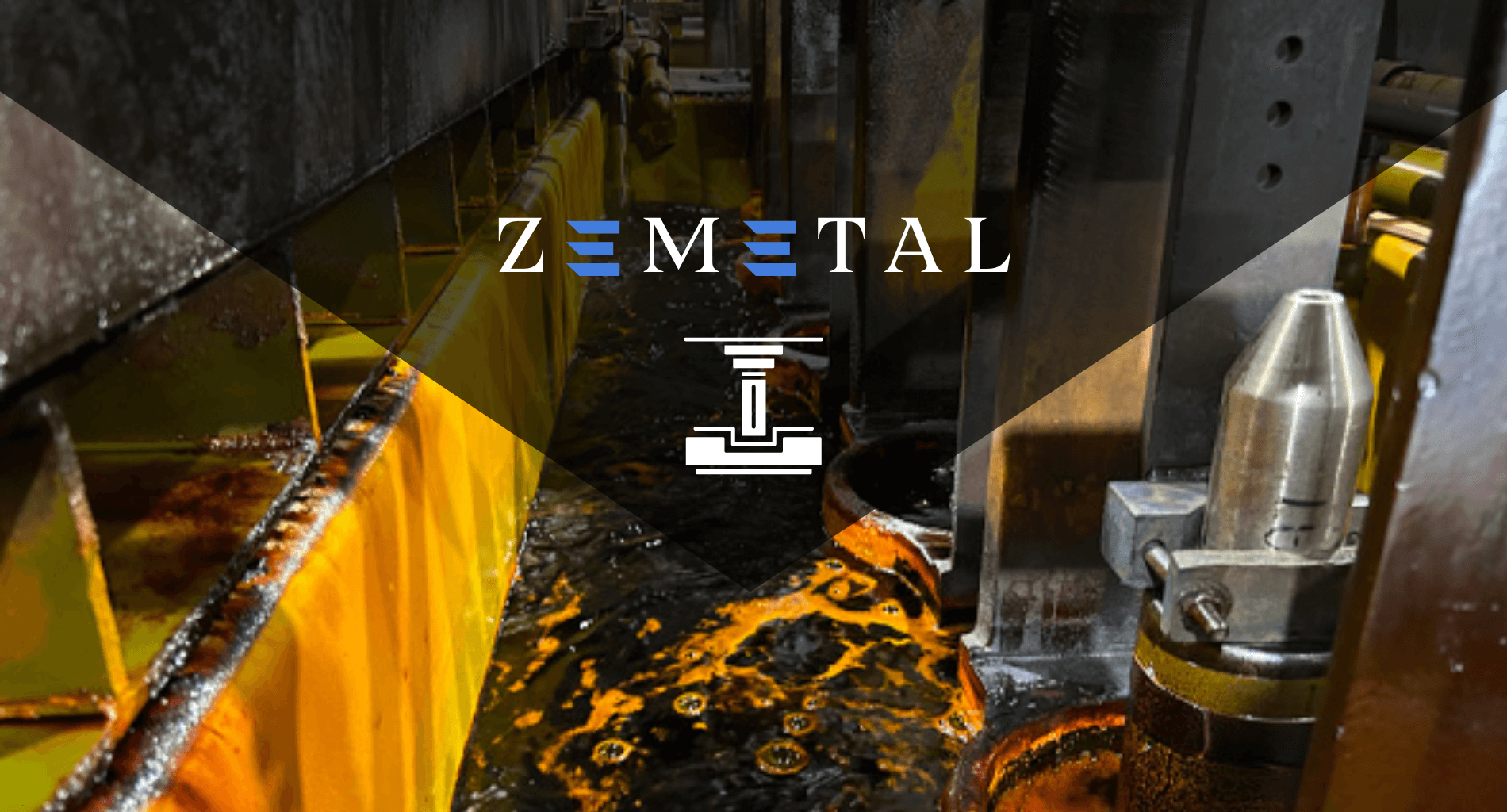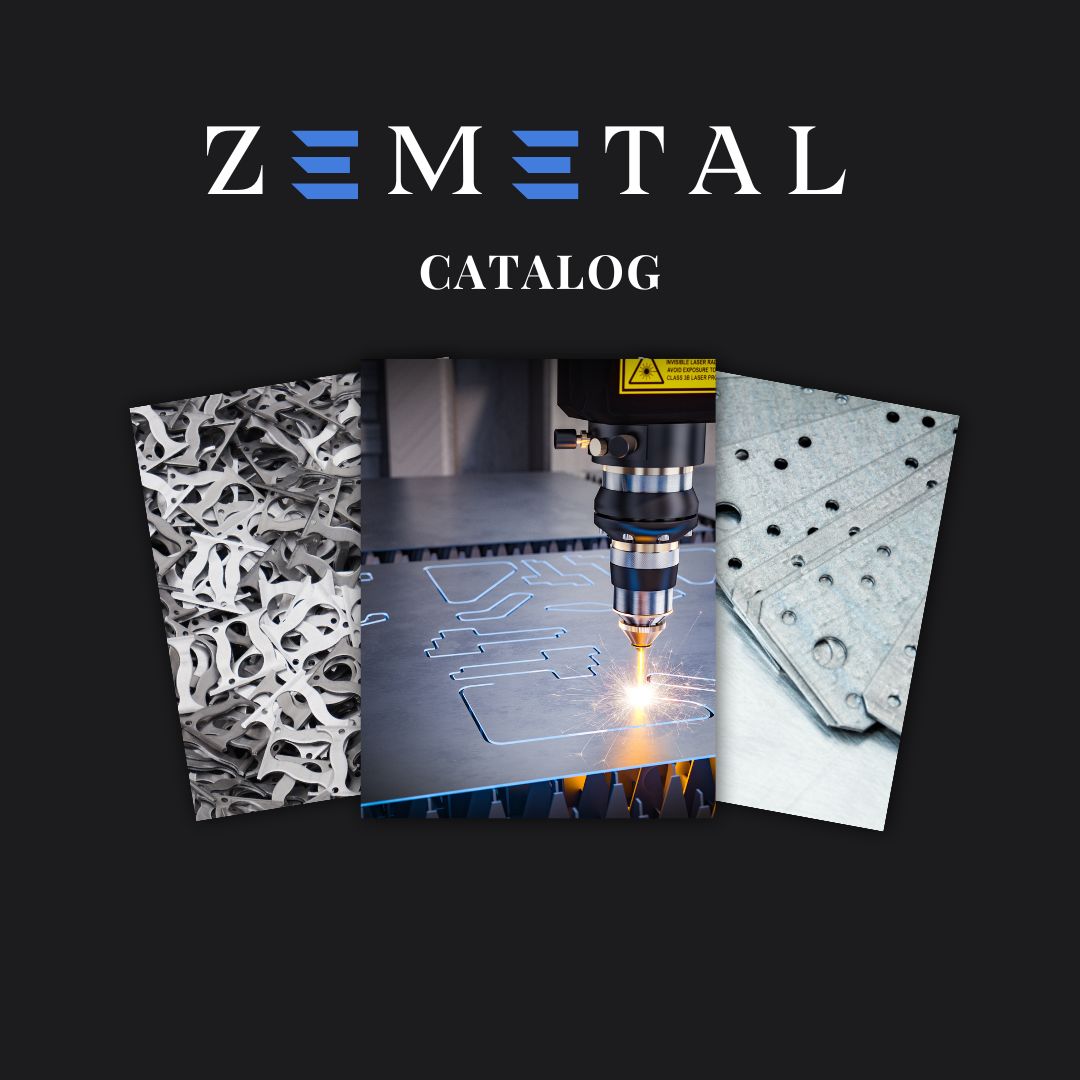Have you ever wondered how polyester powder coating can transform the durability and aesthetics of your products? This remarkable material is revolutionizing the metal fabrication industry.
As a seasoned expert in metal fabrication services, I bring a wealth of knowledge and experience in utilizing polyester powder coatings to enhance product quality.
Polyesterpowder coating stands out for its exceptional durability and vibrant finish. Its versatility is key for businesses desiring durable and attractive metal products.
In this guide, we will delve into the unique properties, types, and benefits of polyester powder coating, providing insights that can revolutionize your business operations.
Read on to uncover the secrets of polyester powder coating.
1. Defining Polyester Powder Coatings
Polyester powder coatings are a specialized type of coating applied in a dry powder form and cured under heat to form a skin-like layer on metal surfaces. This process ensures a durable, uniform, and attractive finish. These coatings are renowned for their resistance to fading, chipping, and corrosion, making them ideal for both indoor and outdoor metal applications.
In a career spanning decades, the remarkable transformation seen in metal products post-application is always impressive. Ideal for a variety of applications, polyester powder coatings are a top choice for enhancing product longevity and appearance in the metal fabrication industry.
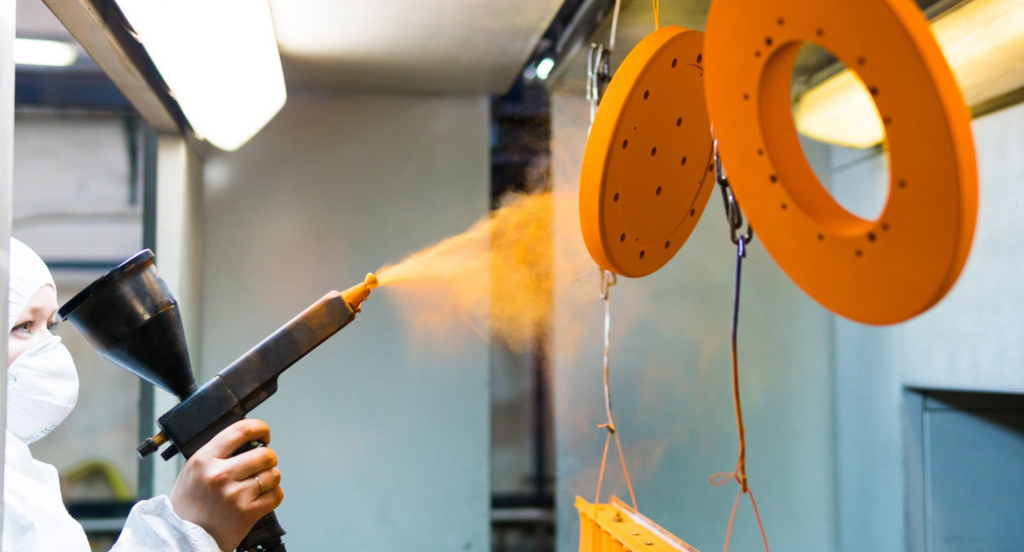
2. Advantages of Polyester Powder Coating
Having explored the nature of polyester powder coatings, it’s clear they offer significant benefits. Let’s delve into some key advantages that make them a preferred choice in the metal fabrication industry:
Aesthetic Versatility
One of the most appealing aspects of polyester powder coatings is the vast range of aesthetic possibilities they offer. Available in a wide range of colors and finishes, from glossy to matte, these coatings allow customization that can meet specific design requirements. This flexibility is crucial for businesses aiming to distinguish their metal products through unique and attractive designs.
Enhanced Durability
Polyester powder coatings are synonymous with enhanced durability. They provide a tough finish that stands up to various environmental stressors, including UV light, corrosion, and chemical exposure. This resilience ensures that metal products retain their quality over time, minimizing the need for frequent maintenance or replacement.
Environmentally Friendly and Cost-Efficient
Besides their physical benefits, polyester powder coatings are eco friendly and cost-efficient. They are solvent-free, reducing harmful emissions and making them a more sustainable choice. At Zemetal, they utilize these coatings so businesses can achieve high-quality finishes while adhering to eco-conscious practices. The cost-efficiency arises from their long lifespan, reducing the overall expenses in maintenance and replacements.
3. Types of Polyester Powder Coatings
Following the discussion of the advantages of polyester powder coatings, it’s important to understand the different types available. Each variety caters to specific needs and applications in the metal fabrication industry. Now, let’s explore some of the different types:
TGIC Polyester Powder Coatings
TGIC (Triglycidyl Isocyanurate) polyester powder coatings are known for their robustness and chemical resistance. These coatings are ideal for outdoor applications where exposure to harsh weather conditions is common. They provide excellent UV resistance and maintain color and gloss levels over time. TGIC coatings excel in industrial and architectural applications, offering lasting appeal in harsh conditions.
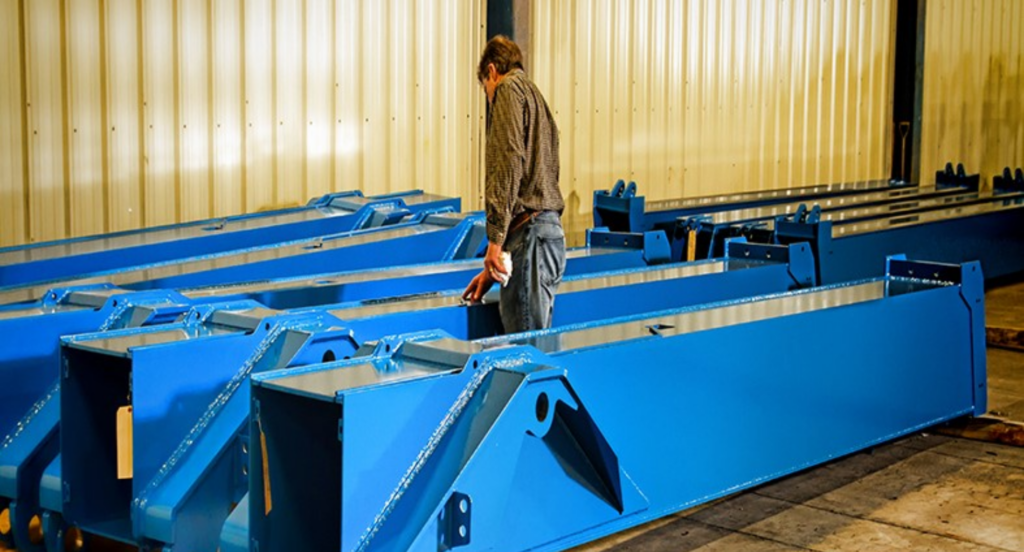
Super Durable Polyester Powder Coatings
Super durable polyester powder coatings offer enhanced longevity and color retention compared to standard types. These coatings are specially formulated to withstand extreme weather conditions and prolonged UV exposure without fading or chalking. This type is perfect for high-visibility projects or products that require long-lasting aesthetic appeal.
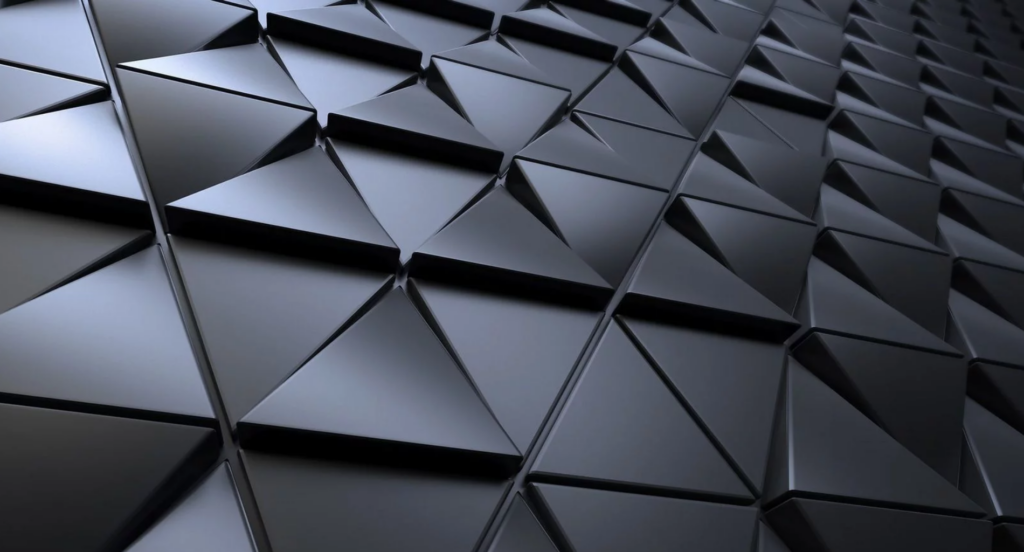
Epoxy Polyester Powder Coatings
Epoxy polyester powder coatings combine the best features of both polyester and epoxy powders. Offering good chemical resistance and excellent physical properties, these coatings are suitable for indoor applications. The market for these coatings, as per LinkedIn, is on a significant rise, expected to reach US$ 4.1 billion by 2030. This growth emphasizes their rising use across industries, attributed to their durability and versatility.
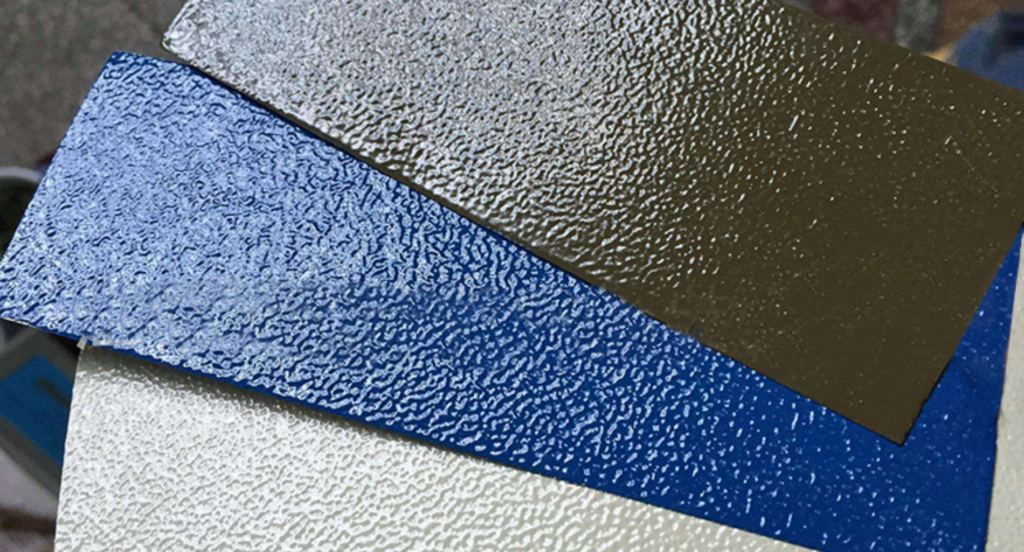
4. The Process of Applying Polyester Powder Coating
Understanding the various types of polyester powder coatings sets the stage for appreciating their application process. This process is critical for achieving the desired finish and durability. Here’s a discussion on its phases:
Step#1 Surface Preparation
The first and crucial step is surface preparation. The metal surface must be thoroughly cleaned and free of any oils, dirt, or rust. This is typically achieved through chemical cleaning, abrasive blasting, or phosphating, ensuring the powder coating adheres properly and evenly.
Step#2 Electrostatic Application
Next, the polyester powder is applied electrostatically. The powder is charged and sprayed onto the grounded metal surface, causing it to cling uniformly. This method ensures even coverage and minimizes waste, as excess powder can be reclaimed.
Step#3 Curing in the Oven
After application, the coated item is placed in a curing oven. Here, it is exposed to high temperatures, typically between 180-200°C. This heat triggers a chemical reaction, causing the powder to melt, flow, and then harden into a durable coating.
Step#4 Cooling
Once cured, the item is carefully cooled. This step is vital to ‘set’ the coating and ensure its longevity. Controlled cooling is key, as it preserves the integrity of the coating, something makes a significant difference in the final product’s quality. Cooling must be managed to prevent any deformities or inconsistencies.
Step#5 Quality Inspection
Finally, a thorough quality inspection is conducted. This includes checks for coating thickness, adhesion, and overall appearance. Ensuring each coated item meets stringent quality standards is not just a practice but a commitment to excellence. This inspection guarantees that the final product meets both aesthetic and performance expectations.
5. Polyester Powder Coating in Different Industries
After understanding the application process of polyester powder coating, it’s insightful to explore its diverse uses across various industries. Let’s take a look at how this versatile coating is applied in different sectors:
Architectural and Construction Industry
The architectural and construction sectors greatly benefit from the use of polyester powder coatings. These coatings are applied to building components such as window frames, railings, and outdoor furniture. Their UV resistance and ability to withstand weather elements make them a preferred choice for exterior applications.
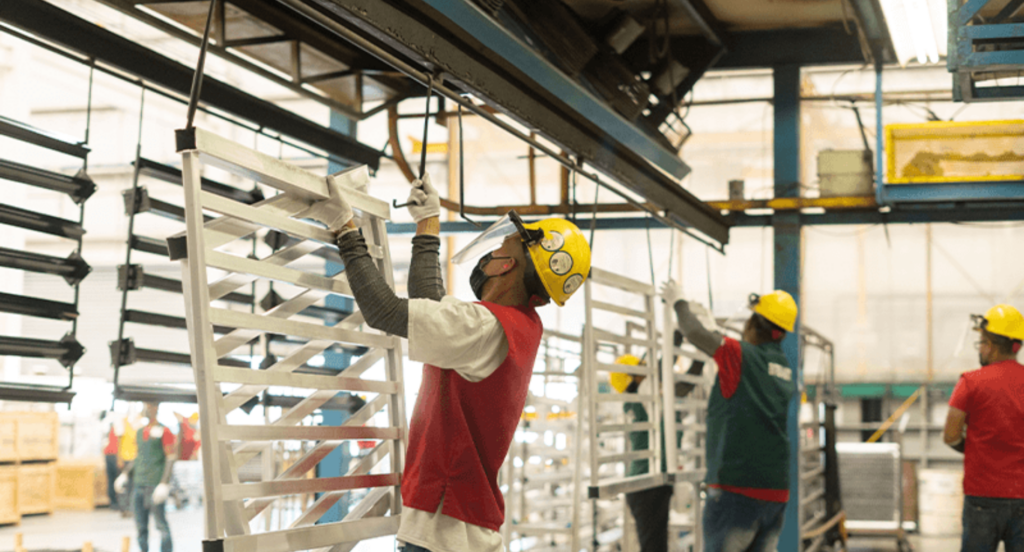
Consumer Electronics Industry
Polyester powder coating is also prevalent in the consumer electronics industry. It is used for coating metal parts of gadgets and appliances, offering an attractive finish and additional protection. For example, the outer casings of computers and kitchen appliances often feature this coating to resist scratches and everyday wear and tear. This application highlights the coating’s dual aesthetic and functional benefits in daily use products.
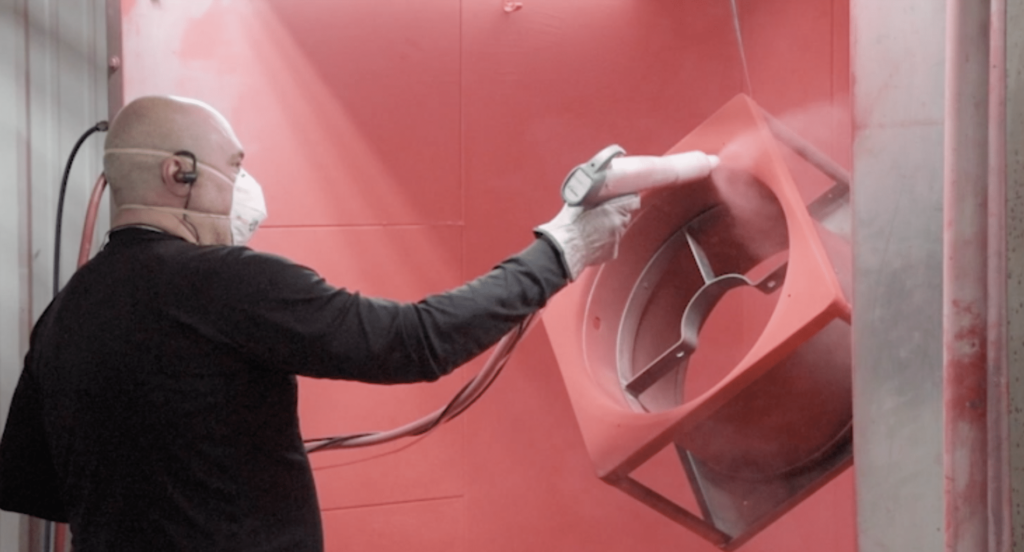
Outdoor and Sports Industry
In the outdoor and sporting equipment industry, polyester powder coating is invaluable for its resistance to wear and environmental elements. Equipment like bicycles, gym machines, and playground structures are often coated to ensure they withstand constant use and exposure to the elements. This application not only extends the life of these items but also maintains their aesthetic appeal, a crucial factor in consumer choice.
6. Polyester Powder Coating vs. Traditional Coating Methods
Reflecting on the diverse industrial applications of polyester powder coating, it’s beneficial to compare it with traditional coating methods. Here are several head-to-head comparisons to understand their distinct characteristics:
Polyester Powder Coating vs. Electroplating
Polyester powder coating stands out for its versatility and environmental safety, providing a thick, uniform coat that improves both the color and protection of metal products. It’s a solvent-free option suitable for various designs. On the other hand, electroplating applies a metal layer to enhance corrosion resistance and durability but offers fewer colors and involves hazardous chemicals, posing environmental concerns.
Polyester Powder Coating vs. Anodizing
Polyester powder coatings stand out for their excellent color options and finish quality. They form a thick protective layer, enhancing durability and environmental resistance. Anodizing, in contrast, is a process primarily for aluminum, improving the metal’s natural oxide layer for corrosion and wear resistance. It usually offers a thinner, less versatile layer than polyester powder coatings in terms of color and finish.
7. Challenges and Solutions to Polyester Powder Coating
Exploring the realm of polyester powder coating reveals not only its strengths but also unique challenges that require specific solutions. Balancing these challenges with innovative solutions is key to maximizing the effectiveness of this coating method. Let’s explore some of these challenges and their respective solutions:
Higher Curing Temperatures
Polyester powder coatings require higher curing temperatures, which can be challenging for heat-sensitive substrates. These temperatures can cause warping or damage to the materials, limiting the range of products that can be effectively coated. To address this, advancements in low-cure powder coatings have been made. These coatings cure at lower temperatures, reducing the risk of damaging sensitive substrates.
Limited Substrate Compatibility
One significant challenge with polyester powder coating is its limited compatibility with certain substrates. Not all materials can withstand the electrostatic process or the curing temperatures, which restricts its application range. To overcome this, surface preparation techniques such as priming can be used to make the substrate more conducive to coating.
This table details the challenge of limited substrate compatibility in polyester powder coating, outlining the constraints and potential solutions for different materials.
| Substrate | Compatibility Issue | Solution | Application Impact | Remarks |
| Heat-Sensitive Materials | Cannot endure high curing temperatures | Use of low-temperature powder coatings | Limited range of use | Crucial for electronics and plastics |
| Non-Conductive Materials | Ineffective in electrostatic process | Employing conductive priming | Expands application possibilities | Essential for wood, plastics, and glass |
| Porous Materials | Uneven coating due to absorption | Surface sealing or filling | Enhances coating uniformity | Important for ceramics and certain metals |
Thickness Control
Achieving a consistent thickness with polyester powder coatings can be challenging. Uneven coating can lead to poor finish quality and reduced protection. Advanced electrostatic spray guns and automated systems have been developed to improve thickness control. The use of such technology greatly enhances the uniformity and quality of the coating. These systems enable precise application for uniform coating thickness.
8. 3 Tips for Choosing the Right Polyester Powder Coating for Your Business
Navigating through the challenges and solutions of polyester powder coating, it’s crucial for businesses to understand how to choose the right type of coating. Making an informed decision can significantly impact the quality and efficiency of your products. Let’s take a look at some key tips to consider:
#1 Consider Product Usage
The intended use of the product is a key factor in choosing the right polyester powder coating. For items subjected to heavy wear, such as industrial machinery, a coating with enhanced corrosion resistance is crucial. Conversely, for decorative items, a coating with superior color and gloss retention might be more suitable. Matching the coating to the product’s use enhances appearance and boosts its durability and function.
#2 Match Coating Properties with Material Types
Different materials react differently to coatings. It’s important to match the coating properties with the type of substrate being used. Such business dealing with mixed materials like metals and plastics may require a more flexible powder coating that can adhere well to both surfaces without cracking or peeling. Zemetal specialized coatings for varied materials, ideal for projects that guarantees excellent adhesion and finish on any substrate.
#3 Evaluate Application and Curing Processes
Consider the facility’s capabilities in terms of application and curing processes. Some coatings may require specific application techniques or curing conditions that might not be feasible in all settings. For example, if a business’s setup limits high-temperature curing, it’s essential to opt for coatings that cure at lower temperatures.
Conclusion
This comprehensive guide has provided valuable insights into polyester powder coatings, highlighting their versatility and effectiveness in various applications. The knowledge shared here aims to assist businesses in making informed decisions that enhance the quality and durability of their products.
For specialized assistance and a range of high-quality polyester powder coatings, consider Zemetal as your trusted partner. To discover more about our offerings, feel free to contact us.
Dive Deeper Into Our Resources
Looking for more diverse service options? Browse through our handpicked selections:
Still haven’t found what you’re looking for? Don’t hesitate to contact us. We’re available around the clock to assist you.


